Valve Index - a review of the new VR set
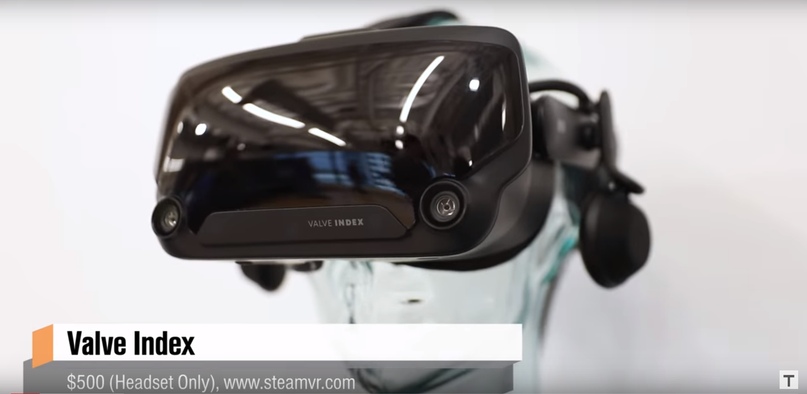
A week ago, Valve finally officially announced its new VR set Valve Index. Some time ago, we already saw photos of a helmet prototype merged into the network, as well as a teaser from Valve showing the IPD controller on the helmet, but now more comprehensive information is available, based on which we can finally make an informed decision about purchasing the Index set.
Price
store.steampowered.com/valveindex
Price tag in USA:
- $ 499 only for a helmet (if you already have emitters from a Vive or Vive Pro)
- $ 749 for helmet + controllers (if you already have emitters from Vive or Vive Pro)
- $ 999 for a full set
- $ 149 for one base station (emitter required for tracking)
')
For whom?
Firstly, Index is a High-end device, aimed primarily at “veterans” of virtual reality and enthusiasts. The main feature of the set, according to Valve, is “high fidelity” - the most accurate and fast response. Pre-order started in early May, and deliveries are currently expected in September for the US and EU. This time, the company is creating its own product under its own name, rather than joining a collaboration, as in the case of HTC Vive, for example.
Picture

The main focus of the helmet Valve Index is placed on the displays. These will be two LCD panels with a resolution of 1440 x 1600 (the same resolution as, for example, the Vive Pro or Oculus Quest, but about 50% more subpixels due to the nature of the LCD) and the screen refresh rate (attention) 144 Hz!
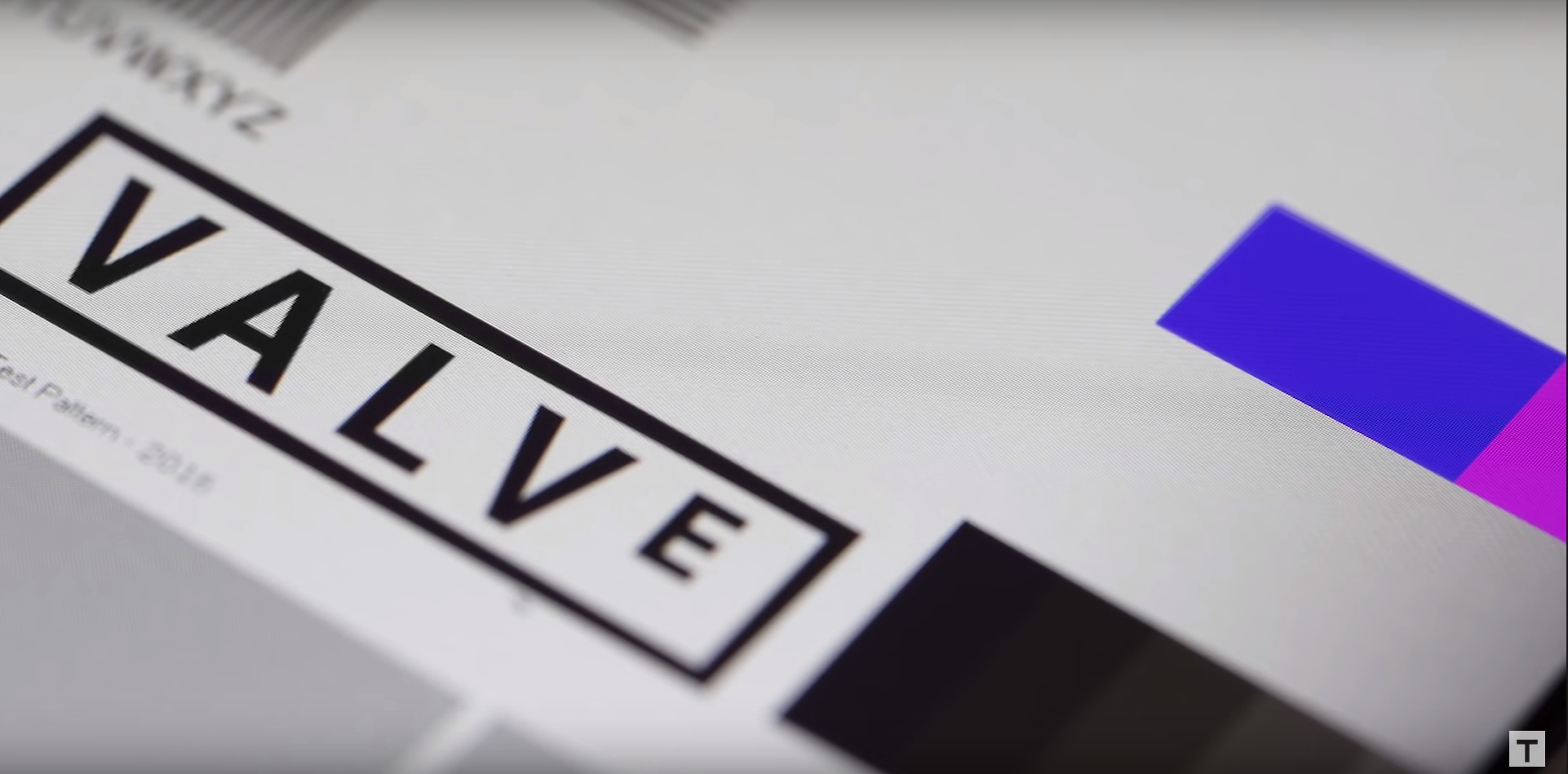
In recent years, the frame rate of 90 frames per second was considered the standard for virtual reality. This is the frequency at which Vive and Rift worked. And Oculus lately, in general, argue that 80 or 72 hertz is already quite enough for a comfortable Viara. Valve went in the opposite direction and introduced a new standard for its helmet - 120 Hz (and 144 Hz in test mode). Does the difference between 90 and 120 FPS feel in virtual reality? Testers claim yes. And the difference is felt not so much in the quality of the picture, as in the sensations. Now it is not a question of comfort and not a question of motion sickness, but a deeper immersion and realistic perception of virtual reality, especially in highly dynamic scenes.
Will the Valve Index support 90 Hz? Yes. Many of the parameters in this VR set are changeable to support old standards. And, therefore, if you think that the power of your computer should not be wasted for an additional 30 FPS, and put into a higher resolution - all this can be configured in Steam VR without any difficulties.
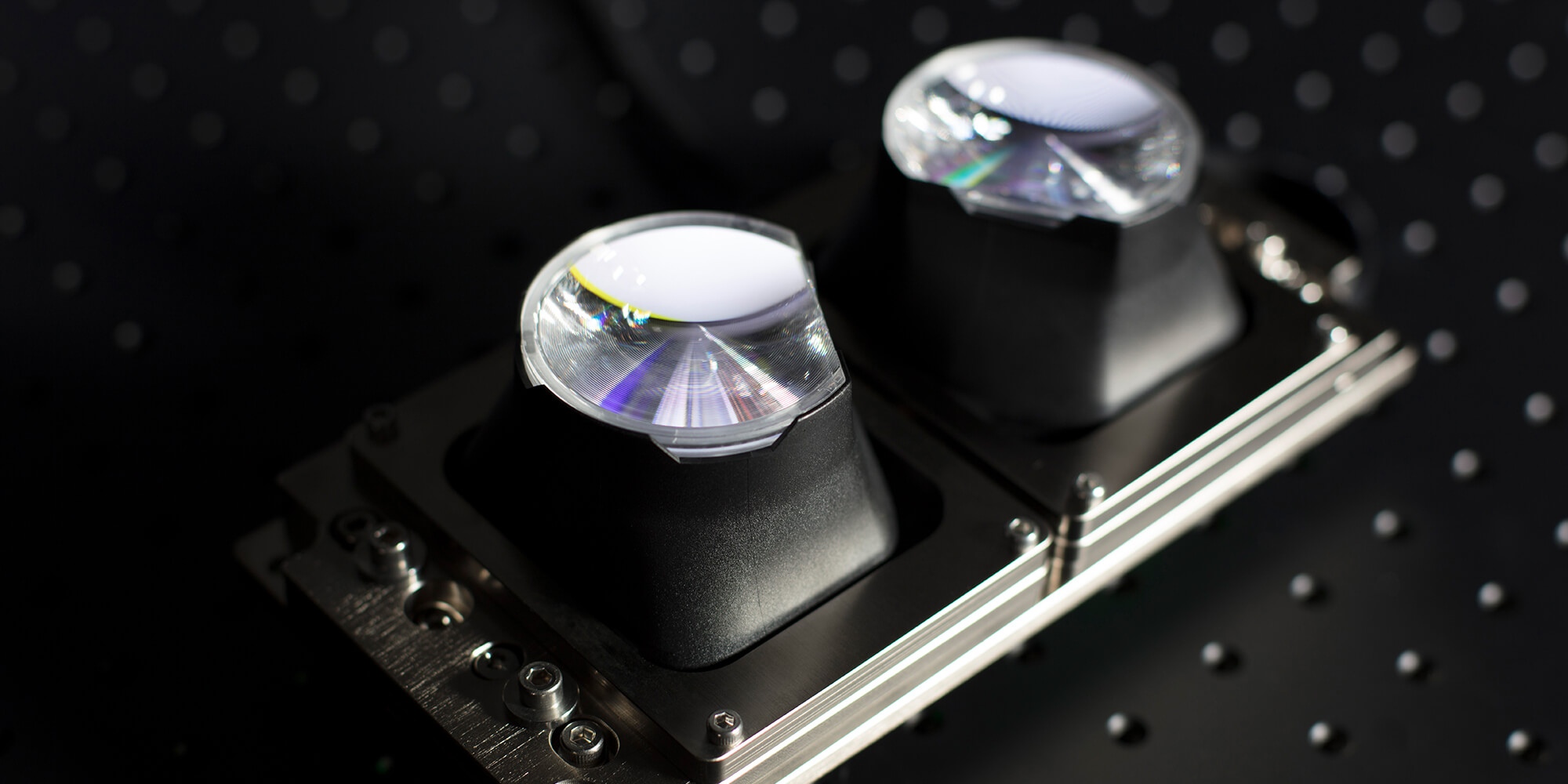
The next intriguing feature of the helmet is the FOV (viewing angle). A slightly larger viewing angle than its predecessors (Valve reports that this figure is 20 degrees higher than that of the Vive, that is, about 130 degrees horizontally) is achieved thanks to two components. The first is the ability to move the lenses as close as possible to the eyes (as implemented in Vive helmets), and the second is that the displays are not parallel, but at a slight angle, which gives an additional increase in viewing angle. This arrangement reduces the size of the binocular vision area a little, but this change will affect people with different face shapes in different ways.
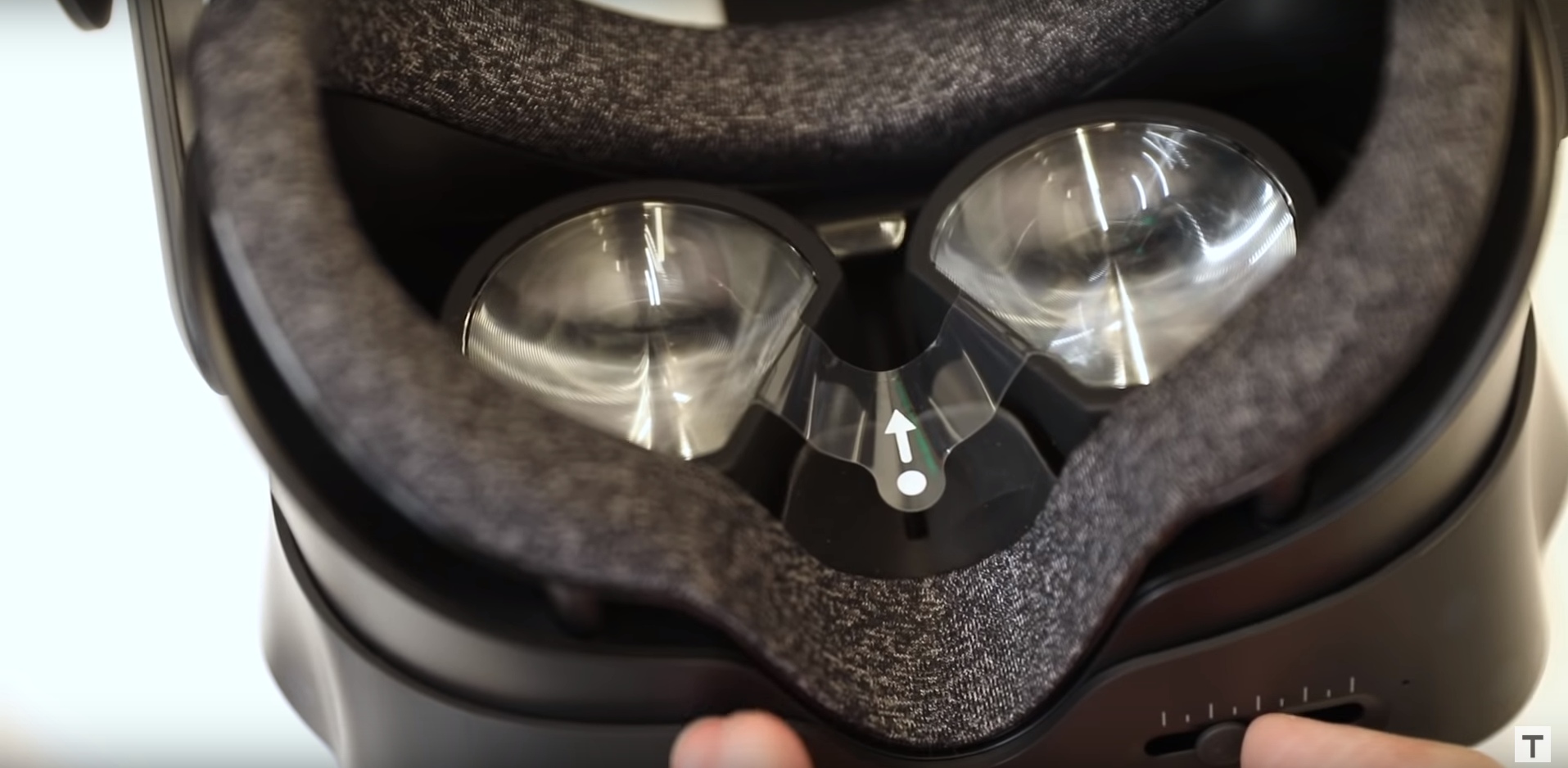
Audio
If you look at the photos of the helmet Valve Index, it may seem that it uses headphones that are similar in design to the Vive Pro or Oculus Rift, which “snaps”, clinging to the ears. But the audio on the index is no longer headphones, but rather “speakers” that are held at some distance from the user's ears.

Testers claim that the bass is not lost, and the volume at the maximum level is even higher than necessary. The disadvantages of this speaker arrangement are, of course, sound leakage. You will not only hear the loud sounds of the environment, but also people nearby will be able to hear the sound coming from your speakers.
However, sound immersion comes to a new level. Now the physiology and geometry of your ears will work as expected, and you will be able to perceive audio more realistically and more accurately understand the direction of the sound source. An additional bonus - now the ears will not be so tired during long sessions, as from the toes of ordinary headphones.
However, if you still prefer standard headphones, you can use the standard 3.5 mm port on the inside of the faceplate of the helmet.
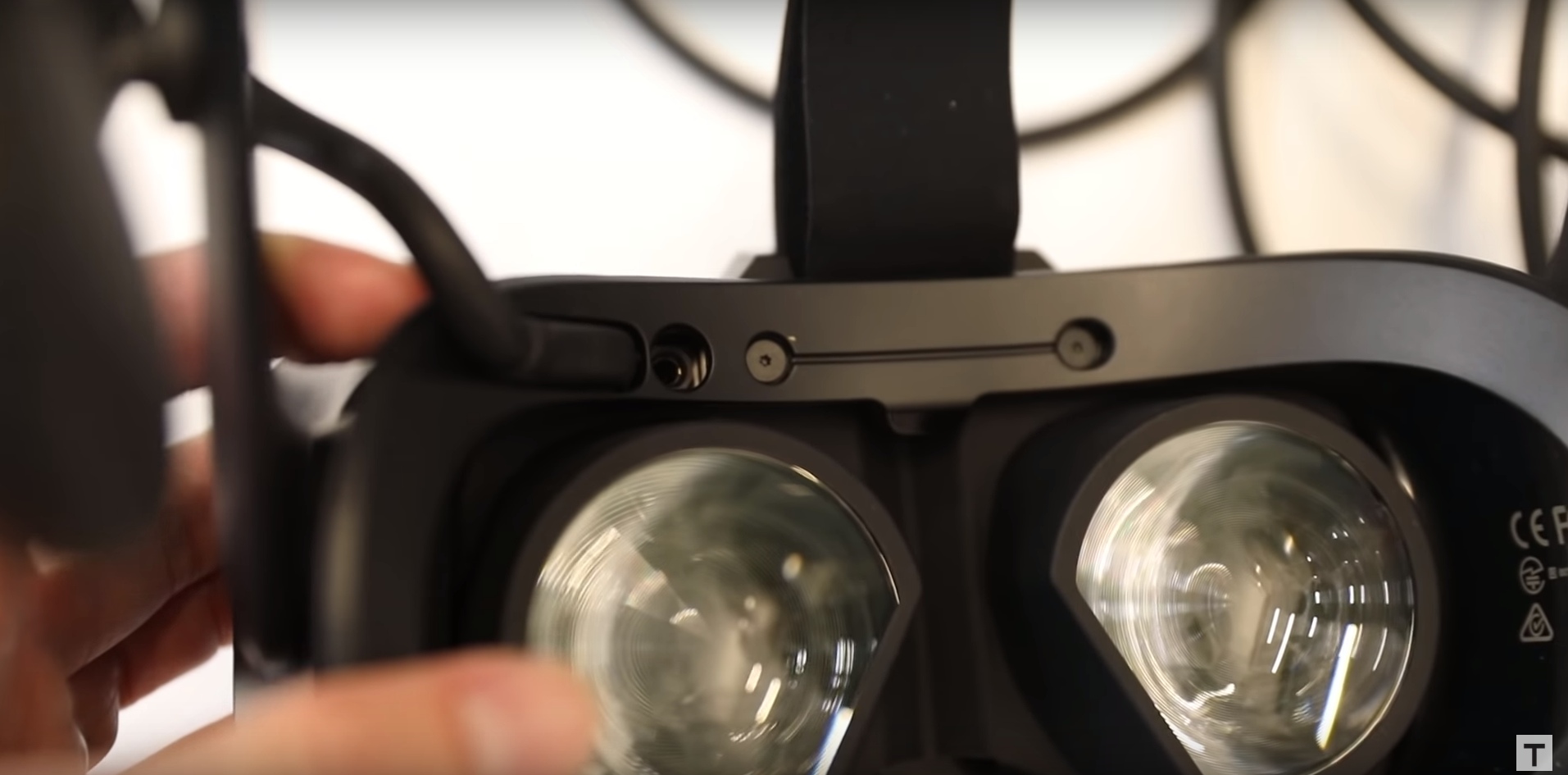
Front lining
The front panel is mounted on four magnets and is created with a focus on the possibility of using alternatives from third-party developers (for example, VR Cover) in the future. For this, Valve will share the necessary CAD materials with everyone.
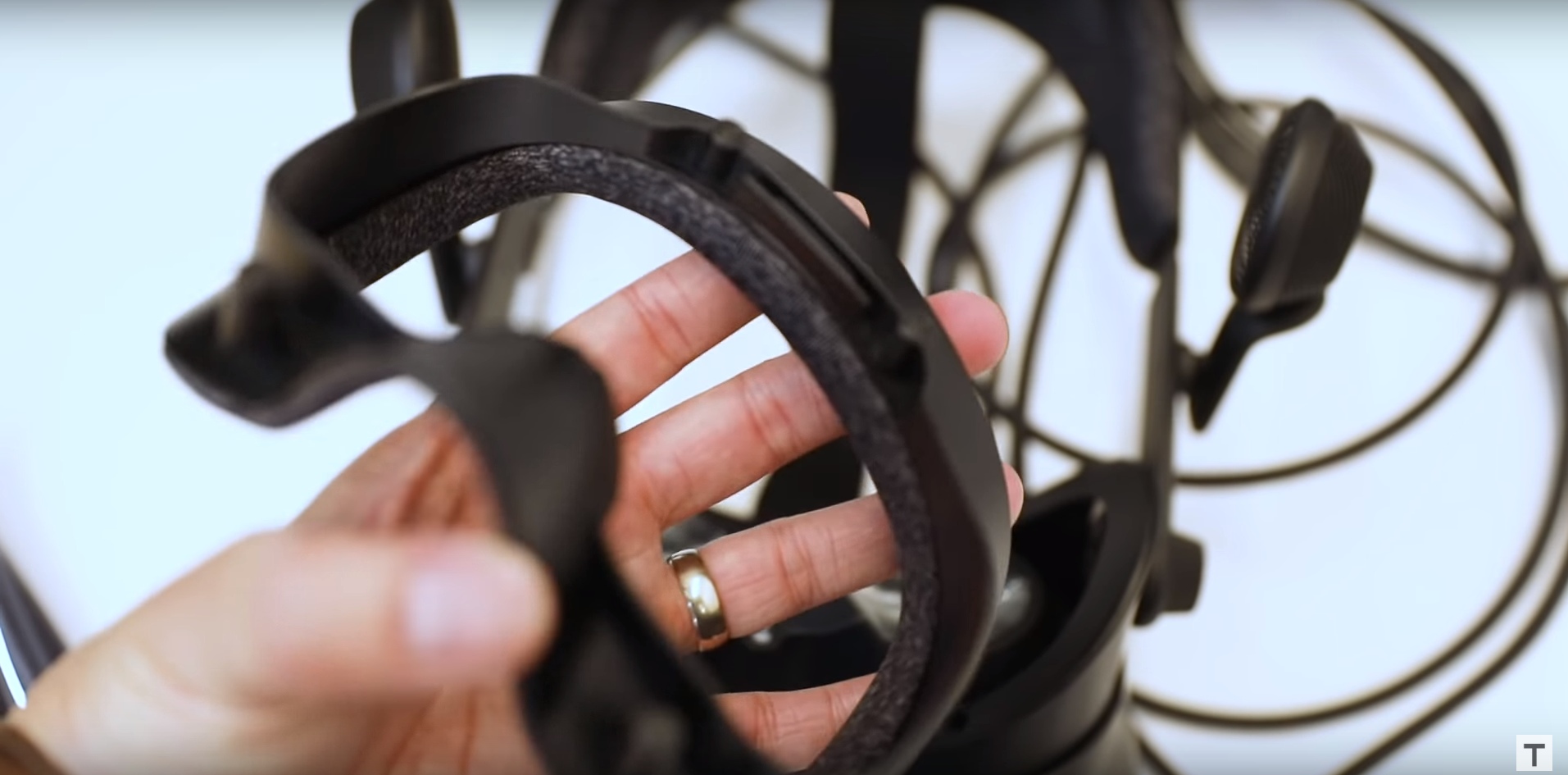
Periphery
On the front panel of the Valve Index helmet, under the translucent overlay, you can see a special free space - a glove box with a USB A slot.
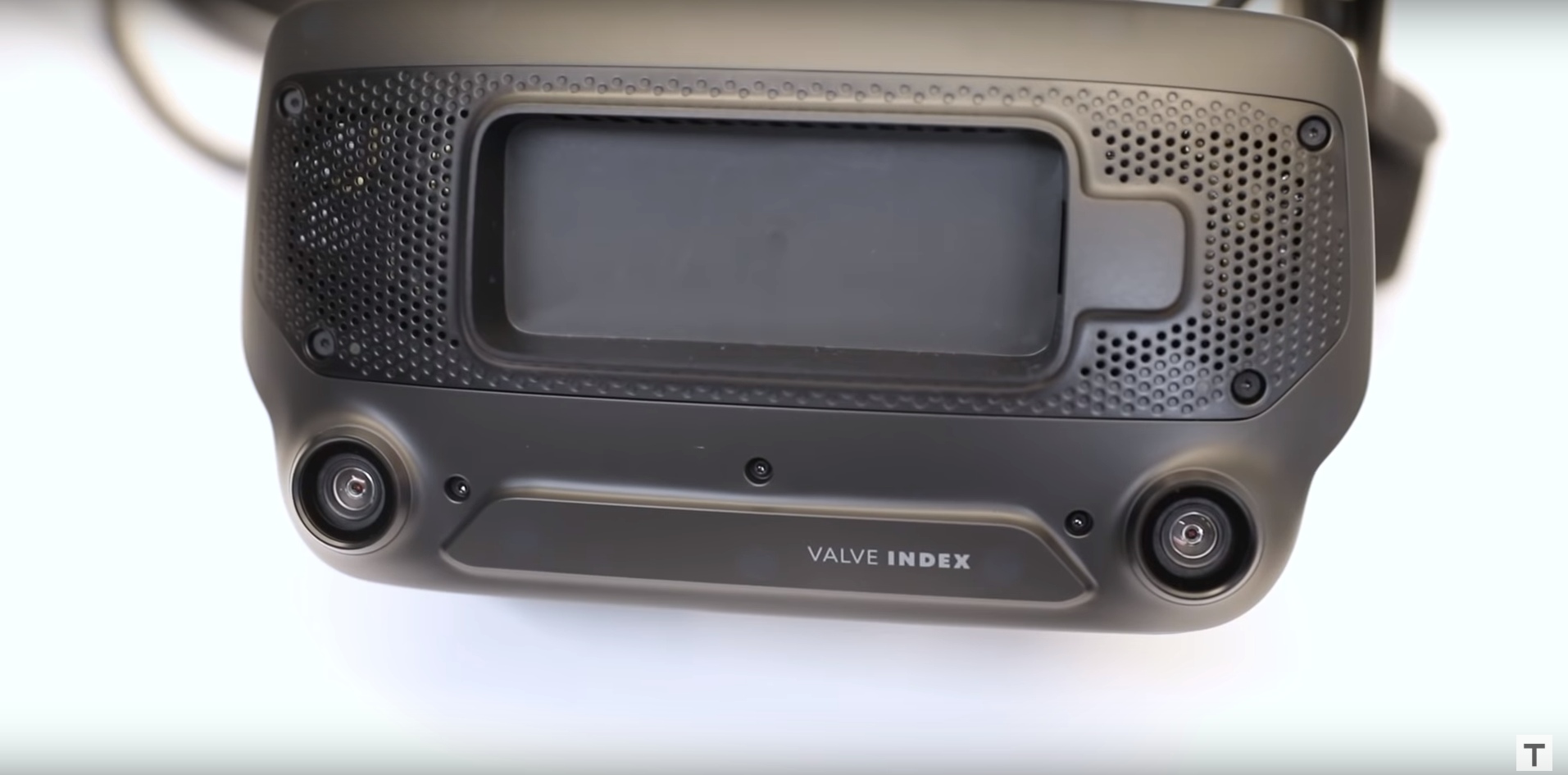
Valve is positioning it as a feature for craftsmen in the future and does not offer any ready-made solutions, except, perhaps, a decorative panel with LEDs. To me, this looks like the perfect place for Leap Motion to track hands.
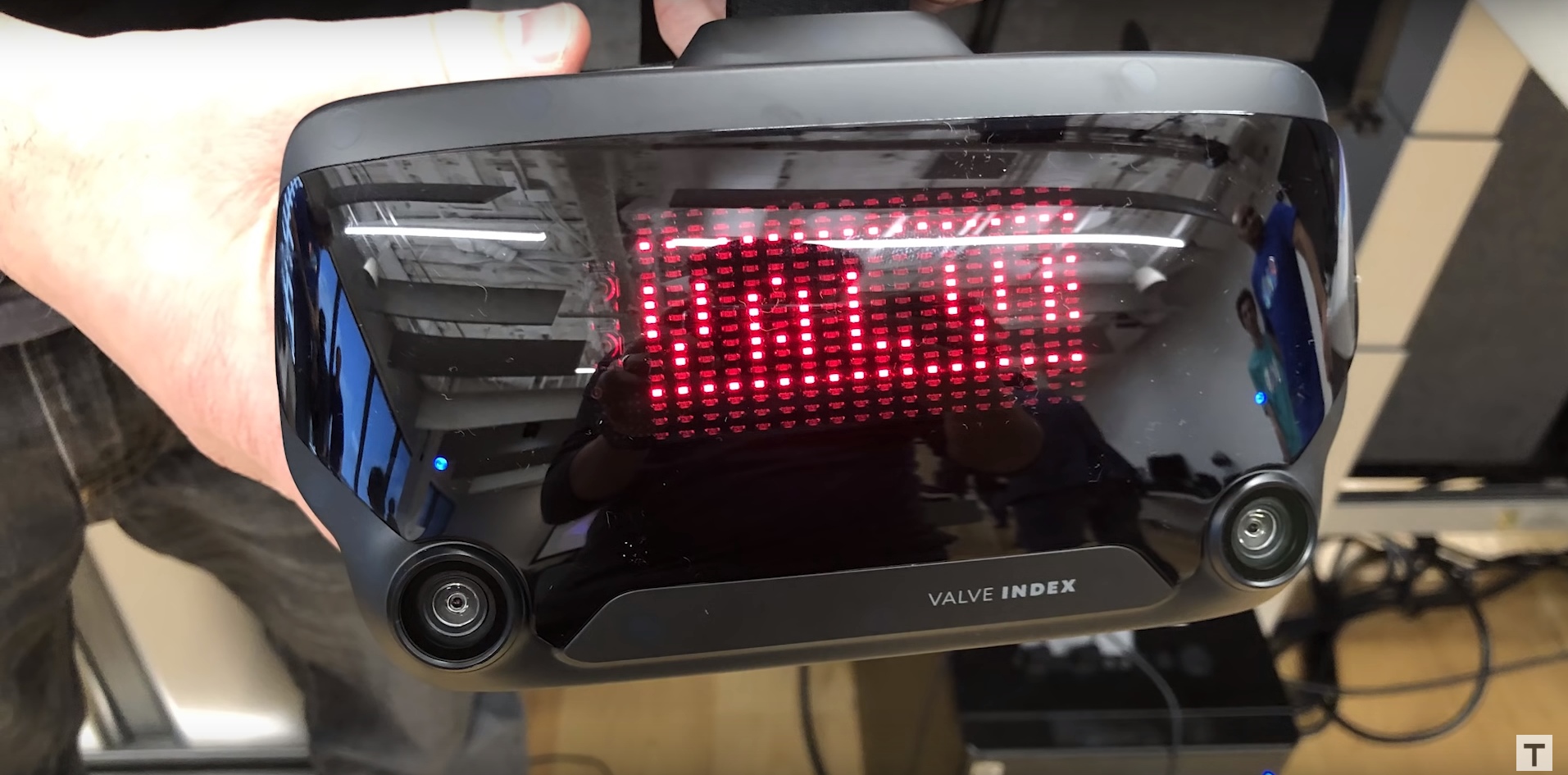
The two front cameras, contrary to mass delusion, are not designed for tracking. For tracking in space, you still need Valve Lighthouses with all the consequences. The cameras will be used for stereoscopic display of the outside world with the subsequent processing of the received information for use in applications. For the time being, Valve's demo applications will be available, showing some of the possible applications of the technology, but the main focus is again on third-party developers in the future.
Controllers
Included with the helmet in the Valve Index set will be controllers known to enthusiasts as Knuckles.

In short, these are the most high-tech controllers of all that are on the market and are crammed with a huge number (87) of various kinds of sensors, which as closely as possible track not only the position of each finger, but also the compression force. The controller is firmly “tied” to the hand and is configured for each user individually. Therefore, if you are preparing to show your VR set to a large number of people, get ready to spend considerable time on calibration.
Unfortunately, few developers have fully understood the functions of the new controllers and no one has implemented them at the highest possible level. However, at the end of the year we will have a special game from Valve, which demonstrates the various capabilities of the controllers and how they are used.

If for some reason you do not need Knuckles, you can use any other controllers for Steam VR (for example, from Vive or Pimax)
Wires
There is no wireless helmet solution from Valve yet. Included is a standard 5 meter cable with USB and DP connectors for connecting to a PC via a linkbox (1 additional meter of cables).
PC requirements
Depend on content. Some developers claim they run their games at 120 FPS without problems on the GTX 1080 (for example, Beat Saber). But the owners of weaker computers can simply reduce the frequency of updating the screen or the resolution in the settings.
Total
For the normal development of virtual reality in the market should be a lot of different options. Low cost options, easy to install and use options, and, of course, high-tech high end options. Valve Index refers to the latter. If you are thinking about buying Vive Pro, HP Reverb or Pimax 5k / 8k, then pay attention to the Valve Index. Especially if you already have a Vive - you can upgrade in "parts" (buy a helmet first, and then controllers, or vice versa). A tangible leap forward technologically awaits you (Higher hertzka, less SDE and higher FOV), but newcomers will have to spend a lot of time setting up the game zone and explaining it. Yes, and many want to get rid of the wires. In fact, this helmet represents the opposite of what Oculus is currently releasing.
The second generation of VR devices has not come yet, but the era of the first generation is indeed nearing completion, and the Valve Index is what the HTC Vive Pro should once become - VR experience on the verge of today's capabilities, but still accessible to ordinary mortal enthusiasts. .
Bonus
In 2019, the AAA flagship title for virtual reality from Valve will be released. What kind of game will it be? No details yet. But the game will work on both the Valve Index and other first-generation VR platforms running on SteamVR.
Source: https://habr.com/ru/post/450556/
All Articles